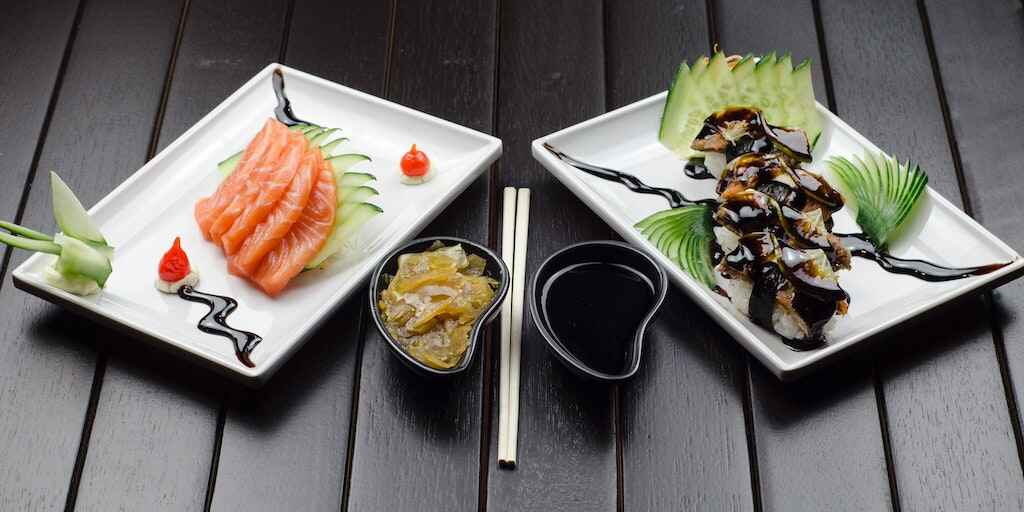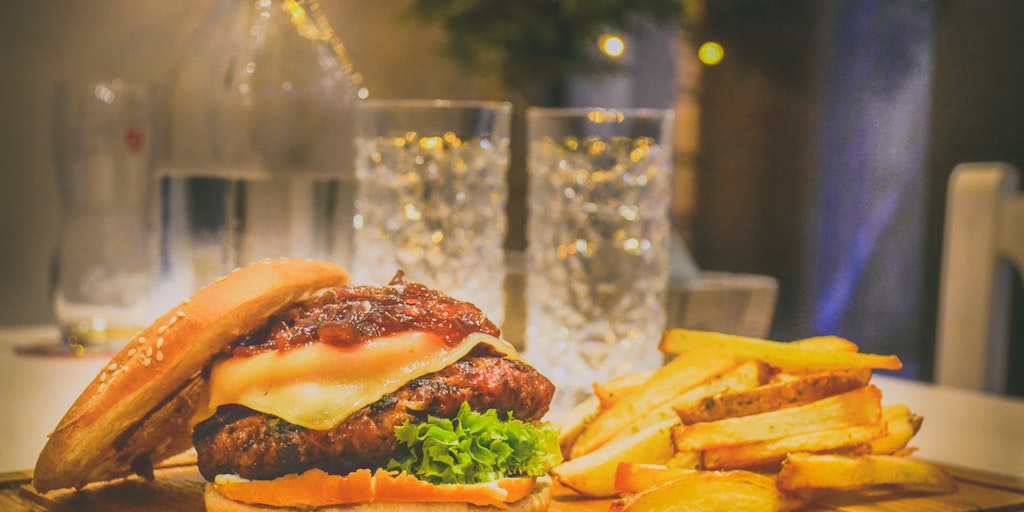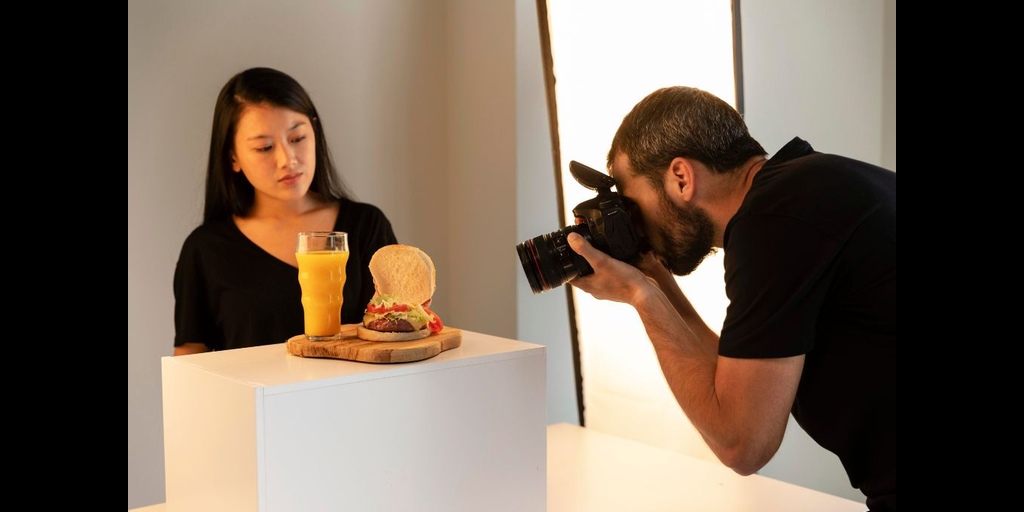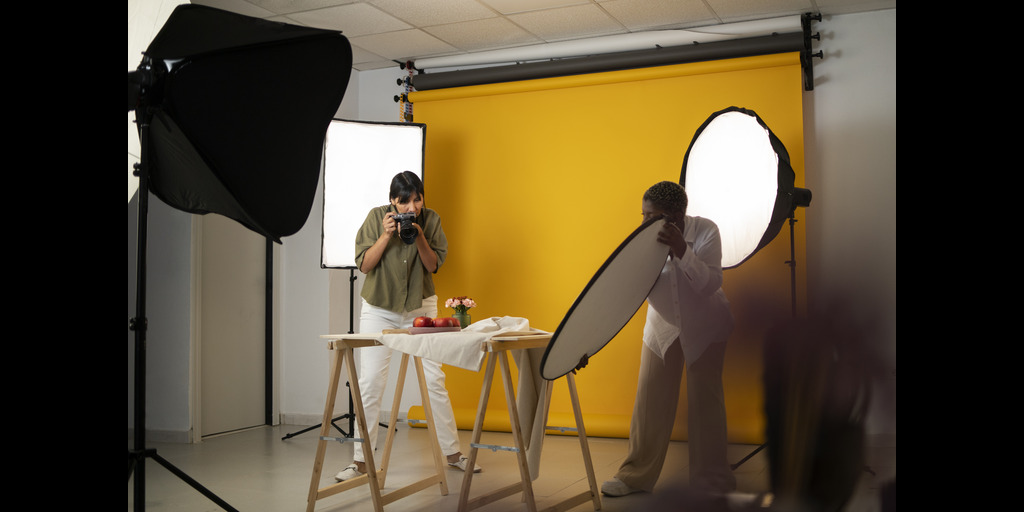Food product photography is the art of capturing visually appealing images of food items for marketing, advertising, and branding purposes. It involves skillful composition, lighting, and styling techniques to showcase products in an appetizing and enticing manner, enticing customers to explore and purchase them. The article covers food photography tips and techniques. Keep reading to learn more.
What Is Food Product Photography?
Food product photography is the specialized practice of capturing captivating images of food items for marketing and advertising purposes. It involves employing composition, lighting, and styling techniques to showcase the visual appeal and desirable qualities of the products.

Through careful arrangement, props, and lighting control, food photography aims to entice customers, promote sales, and effectively communicate the essence of the food items.
It plays a vital role in the culinary industry, helping businesses create compelling visuals that engage and attract potential consumers. By highlighting textures, colors, and details, food photography enhances the perceived quality and desirability of the products, contributing to successful marketing campaigns and brand recognition.
Purpose of Food Product Photography
Food photography serves the purpose of marketing, branding, menu design, and packaging by capturing visually appealing images that promote and enhance the visibility and desirability of food products.
Marketing & Advertising

Food photography plays a crucial role in marketing and advertising campaigns. Through visually appealing images, businesses can showcase their food products, enticing customers to try them. High-quality photographs can be used in print ads, online marketing materials, social media campaigns, and product catalogs to create a strong visual impact and generate interest and desire among potential customers.
Branding & Product Promotion

Food product photography is instrumental in building and promoting a brand. Consistent and aesthetically pleasing images help create a recognizable visual identity for the brand, allowing customers to associate the quality and appeal of the photographs with the brand itself. By capturing the essence of the brand’s values and positioning through food photography, businesses can establish a strong brand presence and differentiate themselves from competitors.
Menu Design & Restaurant Marketing

Food photography is essential for menu design and restaurant marketing. Well-executed images of dishes and ingredients can enhance the visual appeal of a menu, making it more enticing and engaging for customers. By showcasing mouthwatering photographs of their food offerings, restaurants can attract diners, increase orders, and entice customers to visit their establishments.
Packaging and Product Labeling
Food product photography is critical for packaging and product labeling. Eye-catching images on packaging materials and product labels help communicate the quality, freshness, and flavor of the food product. Consumers often make purchasing decisions based on visual appeal, and high-quality product photography can significantly influence their choices. By capturing enticing images, businesses can create packaging that stands out on shelves and effectively communicates the product’s value to potential customers.
Key Elements of Successful Food Product Photography

Key elements of successful food photography include lighting techniques, composition and styling considerations, props and backgrounds, color theory, and capturing texture and details to enhance the visual appeal of the products.
Lighting Techniques For Capturing Food Products

Proper lighting is crucial in food photography. Various techniques, such as diffused natural light or controlled artificial lighting setups, are employed to enhance the appearance of the food products. Lighting helps highlight textures, colors, and details, creating depth and visual interest in the images.
Composition & Styling Considerations

Composition plays a vital role in food product photography. Thoughtful arrangement of the food items, props, and other elements within the frame helps create visually pleasing and balanced compositions. Styling considerations involve selecting appropriate utensils, garnishes, and plating techniques to enhance the overall presentation and appeal of the products.
Composition & Styling Considerations

Props and backgrounds are used strategically to complement and enhance the food products. By selecting suitable props such as tableware, linens, and complementary ingredients, photographers can create a visually appealing story and context around the products, adding depth and interest to the images.
Color Theory & Its Impact On Food Product Photography

Color plays a crucial role in food product photography. Understanding color theory helps photographers create visually harmonious and appetizing images. By considering color combinations, complementary hues, and color psychology, photographers can evoke specific emotions and enhance the overall impact of the images.
Importance Of Capturing Texture & Details

Texture and details are key elements in food photography. Close-ups and macro shots capture the intricate details, textures, and mouthwatering qualities of the food products. By showcasing the textures and details, photographers enhance the sensory appeal and create a desire to taste and experience the products.
Final Words
Food product photography is a critical element in the culinary industry, serving as a powerful tool for showcasing and promoting food products. It enhances the visual appeal of dishes, evokes appetite stimulation, and differentiates brands from competitors. Effective food photography can significantly impact marketing and advertising campaigns, menu design, restaurant marketing, packaging, and product labeling.
By capturing the essence of culinary creativity and storytelling, food photography can establish an emotional connection between the brand, the product, and the consumer. Overall, food photography is an essential aspect of the culinary industry, contributing to increased sales, customer engagement, and brand recognition.

